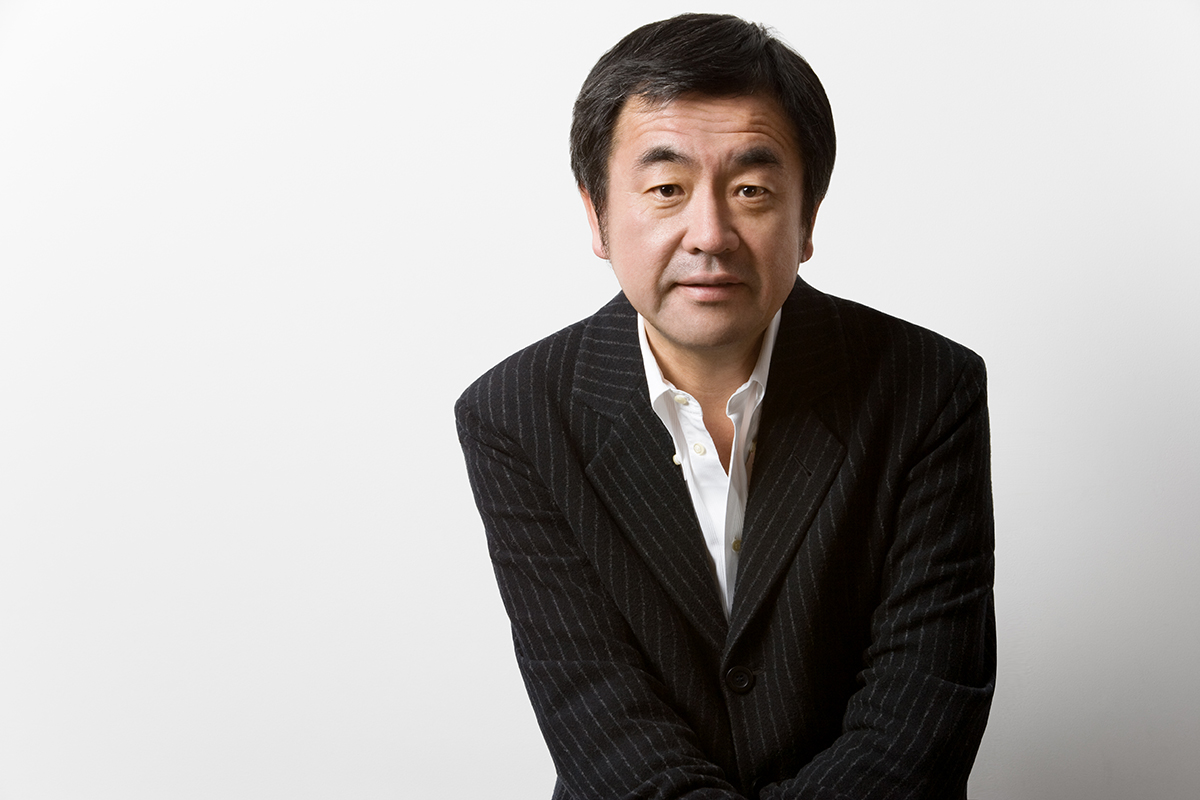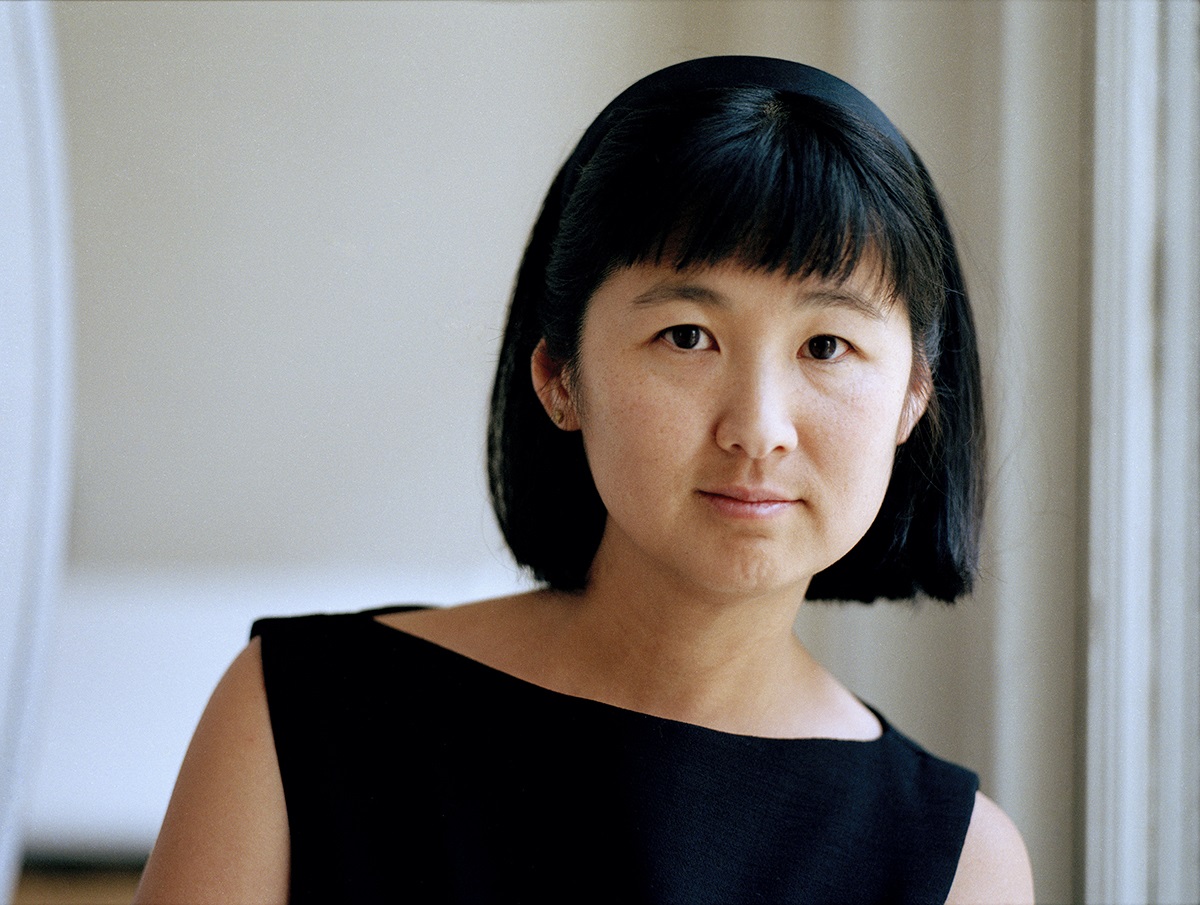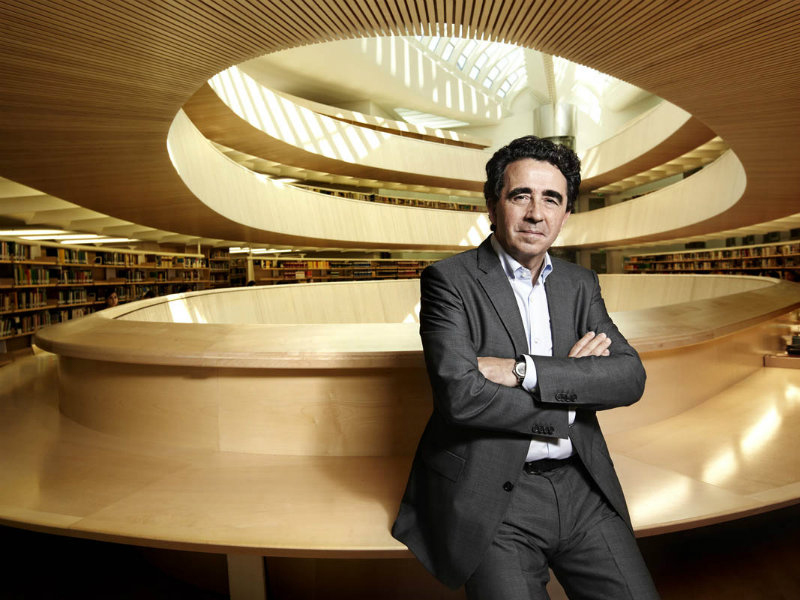Submitted by WA Contents
Who will win the 2017 Pritzker Prize?
United States Architecture News - Dec 22, 2016 - 14:59 29801 views

The Pritzker Prize can be conceived as Nobel Prize of architecture and honors individual architect (s) who have a significant impact, knowledge and interest in advancing great architecture and humanity through the art of architecture. The annual honorific names are awarded with a $100,000 prize and a bronze medallion at a ceremony each year, organized and funded by the The Hyatt Foundation since 1979.
The prize is often accepted as ‘architecture’s highest honor’ for the architect either made a significant cultural shift in the built environment by being considered sociologically, mehodologically, politically or did a great innovation in material culture advancing architecture one step further.
The communication department of the Prize has declared that the 2017 Laureate of the Pritzker Prize will officially be announced in March 2017. While the Prize embraces many speculations among the global architecture community about what are the hints behind the selection process, the annual prestigious prize expands the boundaries of architecture and reveals how the ‘greatest architecture’ can be achieved in another dimension.
Undoubtedly, the canon of the Pritzker Prize does not only make a huge social impact to the humanity, built environment and societal memory in architecture, but also it elevates the architect’s profession as well, upgrades his/her own work in an international arena, starts new movement, particularly, enlarges the scope of the prize proving that how other experimental or innovative architecture may be aggregated in different segments of the society.
The Pritzker Prize announced that the 2017 laureate will be selected by the distinguished jury consisting of its chair Glenn Murcutt, architect and 2002 Pritzker Laureate, Sydney, Australia; and Stephen Breyer, U.S. Supreme Court Justice, Washington, D.C., USA; Yung Ho Chang, architect and educator, Beijing, The People’s Republic of China; Kristin Feireiss, architecture curator, writer and editor, Berlin, Germany; The Lord Palumbo, architectural patron, Chairman Emeritus of the Trustees, Serpentine Galleries, London, United Kingdom; Richard Rogers, architect and 2007 Pritzker Laureate, London, United Kingdom; Benedetta Tagliabue, architect and director of EMBT Miralles Tagliabue, Barcelona, Spain; and Ratan N. Tata, Chairman Emeritus of Tata Sons, the holding company of the Tata Group, Mumbai, India. Martha Thorne, Executive Director of the Pritzker Prize and also Dean of IE School of Architecture and Design manages the open nominations process, which accepts suggestions from architects from all over the world.
Last year, Chilean architect and Curator of the Venice Architecture Biennale Alejandro Aravena emraced the 2016 Pritzker Prize due to his amazing dedication to socially-engaged architecture. The 48-year-old Aravena was praised by the jury for ‘creating powerful works of architecture and also addressing key challenges of the 21st century.’
However, when we take a closer look at today’s big architects, we see some prominent names who take the notion of architecture a step further in terms of different perspectives. Who has made a great innovation through architecture? Or Who has made a big splash in 2016? Will the 2017 Laureate be a male architect again? Who has invented other norms of architetcure? Who was the most speculative architect of last year?
We have perused 11 prominent-potential architects from all around (including female architects as well) and examined their profile closely. So, read each architect’s short memorable index below and let us know who most deserves the 2017 Pritzker Prize!
1. Bjarke Ingels

Bjarke Ingels at the opening of Serpentine Pavilion. Image © Iwan Baan
Wasn’t he the most speculative architect of last year? Bjarke Ingels acridly transforms architecture in an innovative context by converging new tehnological inputs in the new formal attributes of architetcure. Bjarke Ingels gained a momentum by designing Serpentine Pavilion 2016 and proposing a mega-structure for the new transportation ecosystem named Hyperloop, which will link Dubai and Abu Dhabi in just 12-minutes.
The architect also expanded his housing portfolio across the world, specifically, Via 57 West in New York was completed in September and shows how good meteriality works with this iconic building. Ingels is conceived as the pioneer of Hedonistic Sustainability-it is the term that defines Ingels architectural philosophy based on creating new hybrids.
2. David Adjaye

David Adjaye. Image courtesy of LDF
David Adjaye is a rising- young, hybrid starchitect in contemporary architetcure and we definitely live in Adjaye’s era. The Ghanaian British architect build his career step-by-step with symptomatic buildings. Recently opened the Smithsonian National Museum of African American History and the Moscow School of Management in Skolkovo, Russia put the architect aside. Multi-characterized attitudes, lines, tastes in his buildings show multicultural influences of the architect and result in reflective of the form. Adjaye famed for his characteric libraries, civic centers and museums.
David Adjaye was awarded the Panerai London Design Medal in London Design Festival 2016- is the highest accolade bestowed upon an individual who has distinguished themselves within the industry and demonstrated consistent design excellence over a number of years. Adjaye is also the recipient of the 2016 Eugene McDermott Award in the Arts at MIT.
3. Diller Scofidio + Renfro

Image © Peter Ash Lee
Its no doubt about that Diller Scofidio + Renfro was the most-talked architecture firm last year, when the firm added a new art piece to the LA’s infrastructure with the Broad Museum. Dubbed “the veil and the vault,” the museum’s design brought a new identity and architectural language to the city with high-tech implementations.
The firm’s recently-opened building Vagelos Education Center in New York shows how the boundaries of a medical and graduate education building can be expanded within the sculptural form. DS+R’s buildings are well-interpreted over their elegant materiality, craftsmanship, manufacturing.
4. David Chipperfield

Image © Ute Zscharnt
Acclaimed British architect David Chipperfield has woked on many public buildings, historical building and renovation projects from Europe to Sudan by refining his aesthetic values in time. Chipperfield’s James Simon Galerie on Berlin’s Museum Island, still under construction and the refurbishment of Mies van der Rohe’s Neue Nationalgalerie in Berlin show how materiality, orginality and history of the buildings are scrutinised and reunited in every detail to keep integrity of the original.
David Chipperfield is very good at revitalising cultural buildings, galleries, museums in a coherent way, which brings solutions more architecturally, socially and intellectually. David Chipperfield has also been named as an ambassador for the European Year of Cultural Heritage 2018.
5. Daniel Libeskind

Image courtesy of Wikiwand
Daniel Libeskind, the Polish-American architect has always been a representative of sharp edges, bold configurations and expressive, fluid, rigid forms. Libeskind belives in ‘optimism’ in architecture, which merges futuristic architecture with the past and memory.
The architect’s theoretical projects transform themselves into emotional, cutting-edge and idiosyncratic design, which both become a public art and create a dialogue between past and the future. Daniel Libeskind put aside himself again when he was appointed to design new Kurdistan Museum in Erbil, Iraq and Names Monument for Amsterdam’s Jewish Cultural District in 2016.
6. Steven Holl

Image © Vladimir Paperny
Steven Holl, the perennial front-runner of Pritker Prize, is a very potential candidate for the 2017 Pritzker Prize since Holl brought influential works to the stage of 2016. Holl still loves a hand-drawing, paper work and traditional imaginaries and begins his projects with pencil, paper, and watercolors. The architect’s projects attitude rescued itself from much more typological phenomenon-went beyond expressionism, and founded its own philosophical approach.
The architect has completed the Visual Arts Building at the University of Iowa, US, Ex of In House in New York-a new typology for guesthouse. Steven Holl has been working on a new rippled-roof library at the center of a new campus in Malawi, Africa and the most iconic mixed-use project of Helsinki –Meander.
7. Jeanne Gang

Image courtesy of Chicago Architecture Foundation
Wasn’t she the most-talked female architect of 2016? She has definitely made a big splash for women in architecture and in the profession. Jeanne Gang is the new representative of elegant, incisive and powerful forms of architecture juste over singular structures-Not finished yet! Isn’t she the key-designer of organic Chicago skyscrapers? 2016 was truly Jeanne Gang’s year and she always insisted on creating socially-connected designs emerging in new forms.
Jeanne Gang’s completed projects for 2016 include Writers Theatre in Glencoe, USA, City Hyde Park in Chicago and University of Chicago Campus North Residential Commons Chicago show how the space plays with different mythology and typology very well. The 52-year old architect has made also a big jump by receiving the Architect of the Year Award by the Architectural Review and being appointed to design new US Embassy in Brasilia, Natural History Museum Expansion and the National Building Museum’s 2017 installation. If Gang selected, she will be third female architect winning the Pritzker Prize after Zaha Hadid in 2004 and Kazuyo Sejima from SANAA in 2010.
8. Kengo Kuma

Image © DBOX
Kengo Kuma is the prominent name of local architecture and the best implementer of local material, scale and fabrication processes considering different environmental conditions within the context. The Japanese architect’s projects stick to contextual factors, matter of scale, humanitarian sensitiveness and various envronmental factors. This specific attitude reshapes Kuma’s architectural language at every turn.
Kengo Kuma put himself on the Pritzker stage by designing ‘less-costly’ Tokyo Stadium for the 2020 Tokyo Olympics. The Pigment shop in Tokyo and the designing of Hans Christian Andersen Museum in Odense, Denmark prove how wood and bamboo materials can be reproducable and reusable within its own context. Kengo Kuma's Dundee V&A Museum is another mostly-anticipated project of the architect, which will create an emblematic presence to the city’s infrastructure.
9. Maya Lin

Image © Walter Smith
Maya Lin is another rising figure in the built environment, Lin is conceived as the mother of landscape art and made her mark with the Museum of Chinese in America in New York and Novartis Institutes for BioMedical Research in Cambridge.
Lin broken the traditional boundaries of memorial design and changed classical conventions of the discourse of a memorial typlogy in the world. In November, White House announced Maya Lin as the recipient of the Presidential Medal of Freedom for her contributions to global aesthetic and landscape.
10. Francine M. J. Houben

Image courtesy of Mecanoo
Francine M. J. Houben, founding partner and creative director of Mecanoo, is again a very competitive female architect for the 2017 Pritzker Prize. Mecanoo has convincing portfolio on its diverse range of public buildings, museums, educational campus development, art and culture centers across the world. Mecanoo is not searching for any specific style or architectural language for its professional practice, the firm melts all individual elements into a single design, which becomes very characteristic, authentic and sensitive.
Her use of materials and artful implementations always remain in the frorefront of design, dressing up the whole building in an elaborative way. Mecanoo’s latest projects including the renovation of New York Public Library, the design of Martin Luther King Jr. Memorial Library in Washington and Manchester Engineering Campus Development (MECD) prove that how socially conscious design might be expanded, controlled and permeable. Houben holds her place steadyingly and impliably among other female architects for years.
11. Santiago Calatrava

Image courtesy of Covet Edition
The Spanish architect and engineer Santiago Calatrava is among the front-runners of the 2017 Pritzker Prize since his projects merge engineering and architecture in a sculptural form. Calatrava’s futuristic engineering creates a symbolic, original, sculptural architecture which is quite remembered in every place of the world. Calatrava’s architectural style is clearly defined, pure, and skeletal –which promotes openness, reveals visceral connections and shows that how clear-connected edges become more aesthetic in the structure.
World Trade Center Transportation Hub in New York and the Tower DCH in Dubai celebrated the architect’s career once more last year. Plus, in the firs year of Rio’s Museum in Brazil, the museum has attracted approximately 1.4 million visitors since it opened its doors in January 2016.
WA's form receiving answers was closed.
